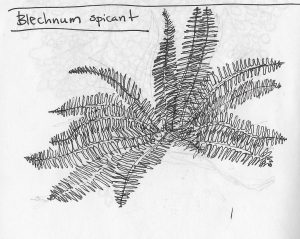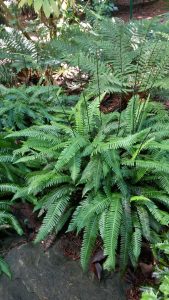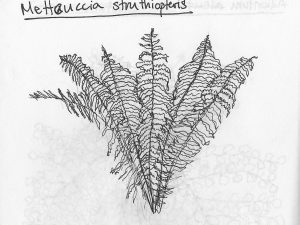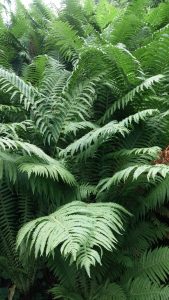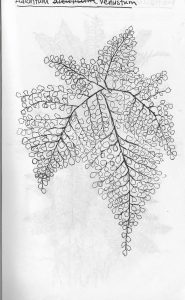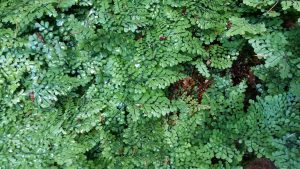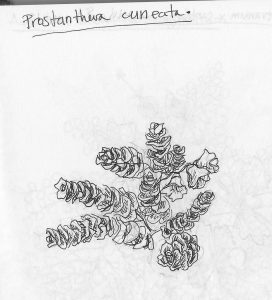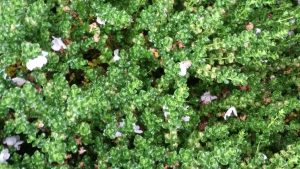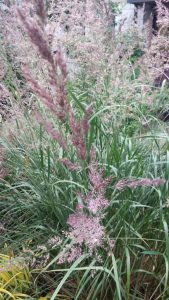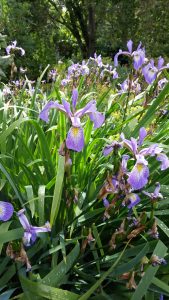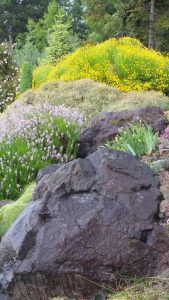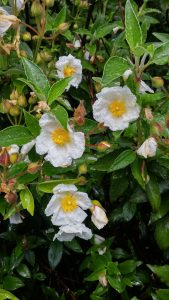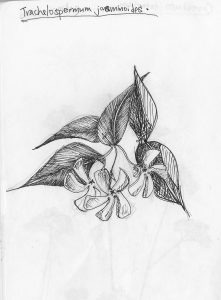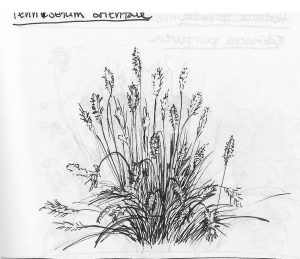
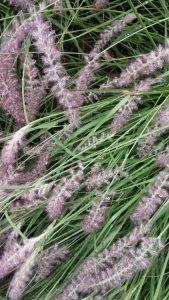
Common name: fountain grass
Family name: Poaceae
Description: long grass leaves, mid green, 2mm wide, raised ridges with pink, fluffy inflorescence giving it a fountain like habit.
Flower: soft, pink, iridescent panicle, blooms in July; seeds appear August/ September; inflorescence lasts for months; dries to tawny brown.
Foliage: thin, long, green leaves of a lanceolate shape
Growing conditions: full sun; dry, gravelly/rocky or well-drained soil; low water use.
Height and spread: 0.6m by 0.5m
Limitations: grasses can flop over when it is too rainy.
Landscape uses: tough, reliable grass that squeezes out weeds; rock garden or unirrigated landscapes; soft texture would look beautiful planted in masses and would add visual movement in the garden when they sway in the wind.
